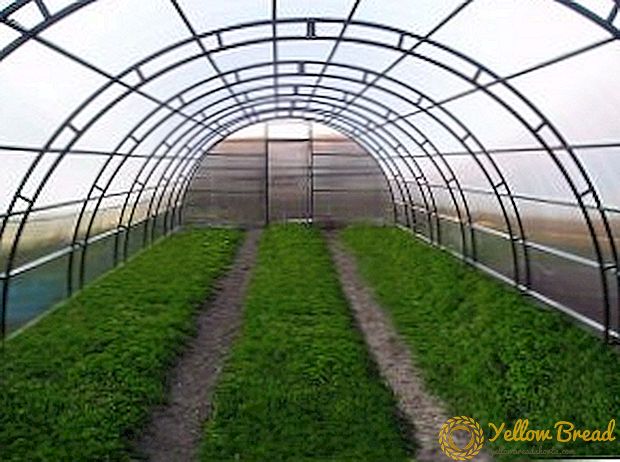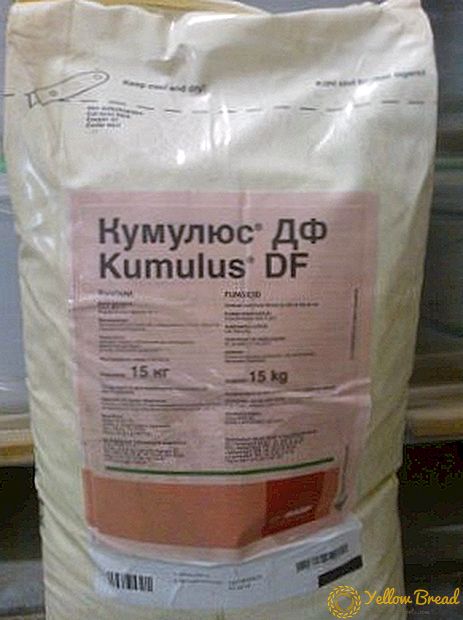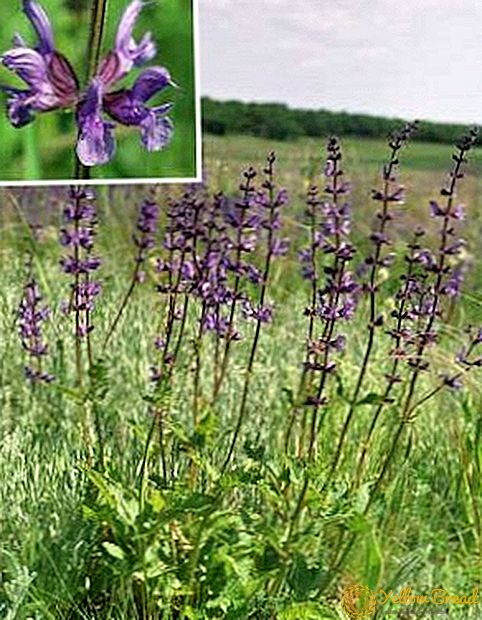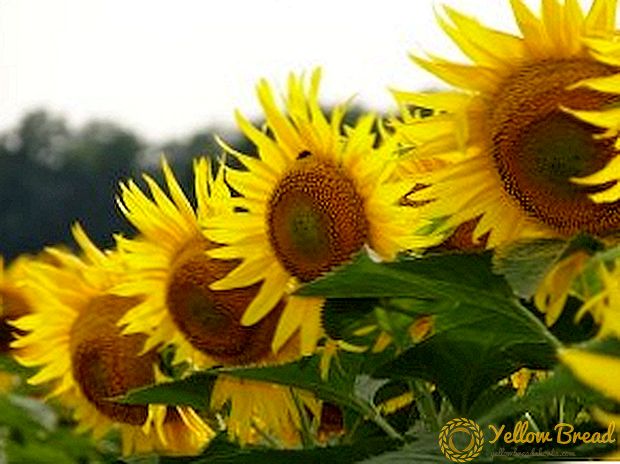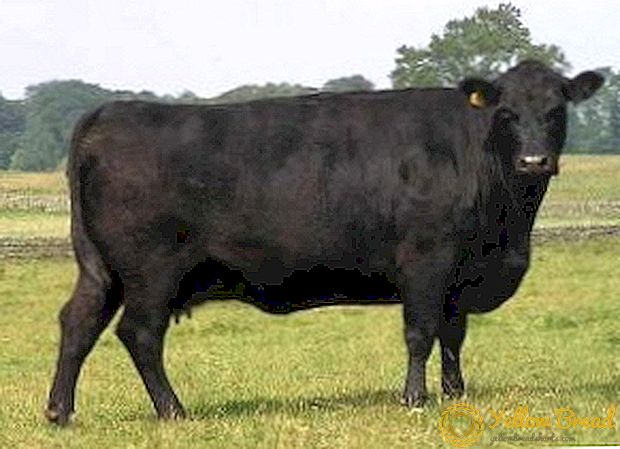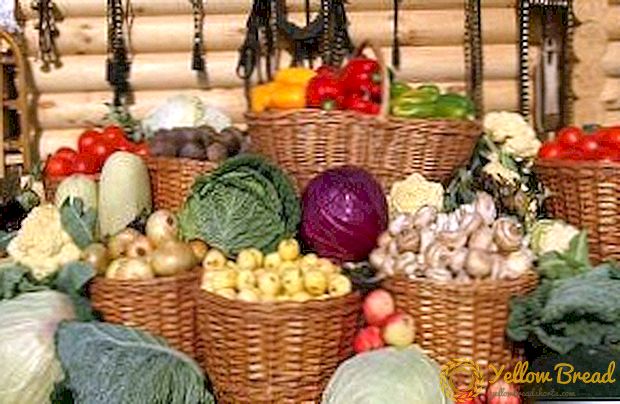 To save vegetables in the winter without loss is a difficult task that requires special knowledge. Many farmers and gardeners who have succeeded in growing potatoes, onions, carrots, beets, cabbage and other root crops, lose up to half the crop during winter storage. How to protect your household from unnecessary losses and preserve the beneficial properties of vegetables? What are the ways to optimally store crops in urban and rural conditions? Let's try to figure it out.
To save vegetables in the winter without loss is a difficult task that requires special knowledge. Many farmers and gardeners who have succeeded in growing potatoes, onions, carrots, beets, cabbage and other root crops, lose up to half the crop during winter storage. How to protect your household from unnecessary losses and preserve the beneficial properties of vegetables? What are the ways to optimally store crops in urban and rural conditions? Let's try to figure it out.
- How to store potatoes
- Harvest preparation
- Conditions for savings
- Onion storage: how to save vegetables for the winter
- Vegetable preparation
- Optimum temperature and humidity
- Carrot Storage Technology
- Highlights in preparation
- How to store the root vegetable
- How to store beets
- Features of the harvest and the preparation of beets
- Optimal conditions
- Cabbage Storage Technology
- Training
- How to save a vegetable: conditions
How to store potatoes
Potatoes, onions, carrots, beets and cabbage are traditional vegetables that make up the year-round diet for people. Storing root crops from harvest to harvest has acquired sustainable technology from vegetable growers, time-tested.

Harvest preparation
Preparation of potatoes for winter storage begins at harvest time. There are ways to save the early and late varieties of this root.
Early varieties that are harvested during the summer months are not intended for long-term storage. Young potatoes have a thin protective skin, which is easily damaged when digging, so the maximum period of its "laying" is only 4-5 months.
Before falling asleep new potatoes in storage, it is carefully sorted. Damaged tubers are culled, and the entire crop is left in the ventilated area for 5-6 days to heal minor damage to the peel.
After harvest, late varieties of potatoes are left to dry in an open ventilated area under a canopy for two weeks, so that cuts and other injuries are healed. At a temperature of 21 degrees Celsius, this process occurs fairly quickly.

After pre-aging, dried potatoes are sorted. Small tubers are left for seeds, large ones for personal consumption, very small and damaged tubers feed livestock.
Conditions for savings
It is necessary to ensure that during the drying the direct sunlight does not fall on the potatoes, and the temperature does not exceed 16-24 degrees Celsius.
After primary processing, new potatoes are placed in wooden boxes or on pallets. The optimum temperature in the cellar for the storage of vegetables should be 4-5 degrees.
Sorted root crops of late varieties are placed in a cellar or piles. In the cellar, potatoes are well kept in wooden boxes or on ventilated pallets. If storage is made in piles, the height of the heap should not exceed one meter.
Years of experience shows that with all methods of storage the height between the ceiling and the top layer of potatoes should be at least half a meter. This is necessary for normal air circulation and to prevent rot.
Villagers and farmers who grow potatoes for sale, keep it in trenches and claps. Usually, pits are dug in high places to avoid the risk of spring flooding. Tubers are rubbed down with layers of hay, and the top layer is covered with a thick layer of straw or matting, then a ten-centimeter layer of dry earth is poured on top.

Onion storage: how to save vegetables for the winter
Preparation of onions for winter storage begins at the stage of its maturation. Experienced gardeners provide competent care for vegetable crops.They do not allow overmoistening of the soil in order for the plant "not to go into a large feather."
Vegetable preparation
The ripening of the onions is determined by the color of the onion stem in the garden and the numbness of the feathers. If the feather has fallen down and has fallen on the ground, then it is time to harvest.

- Harvesting should begin in the morning and preferably in sunny weather. Experienced owners do not tear out the plants from the ground with their hands, but first dig in the forks in order not to damage the bulb.
- After harvest, the onions are dried for two or three days in the open air, avoiding direct sunlight. The pre-drying of the bulbs is completed by pruning and peeling the fruit.
- Feather is cut off, leaving dry shoots up to 10 centimeters, and excess roots are removed with the tail remaining up to 2-3 centimeters. The bulbs are manually cleaned from the remnants of the soil and damaged scales.After pre-drying, pruning and peeling, onions are laid out on the final dosushku in one row, so that the fruits do not come into contact with each other. The room should be well ventilated and dry. It can be a loft or a balcony, in general, any surface free from moisture and direct sunlight.

Optimum temperature and humidity
Today, large farms prefer to store onions in wooden boxes that are placed in the basement with ventilation. Sometimes the entire crop is placed on slatted pallets with a layer no higher than 30 centimeters. Indoors should be mandatory humidity from 60 to 70%.Experienced owners know that onions should be stored separately from other vegetables that need high humidity.
Carrot Storage Technology
Carrots are one of the most "capricious" root crops, winter storage of which is accompanied by technological difficulties. Everything is important here: from the choice of varieties to the arrangement of storage facilities.
Highlights in preparation
Experienced owners begin to prepare carrots for winter storage by determining the time of harvest. Despite the fact that the vegetable can "sit out" in the garden a little cold, you can not delay the harvest.

- Harvest is usually taken when there are three or four yellow twigs in the leaves. Carrots are not pulled out of the ground with their hands through force.First, they dig it with forks with blunt teeth, and then carefully, not to damage the surface, they pull it out of the ground.
- Then the carrot is laid out on a flat surface and cooled to a temperature of 1.5-2 degrees Celsius for two days. This usually happens in the open air, but care must be taken that night frosts do not destroy the crop. Today in large farms, pre-cooling is carried out in reefer chambers.
- After pre-cooling, which increases the safety of the root in winter storage conditions, they produce pruning and sorting carrots. All damaged and diseased vegetables are ruthlessly removed. Instances without visible defects are placed in storage.

How to store the root vegetable
In large vegetable farms, carrots are stored in piles, the height of which does not exceed two or three meters. The optimal temperature during the winter storage of carrots in special containers that large farms dispose of in enclosed spaces should be within plus 2-3 degrees Celsius.
If the thermometer shows +5, the sleeping carrot buds will grow and the surface of the root crop will lose its commodity elasticity.Humidity both indoors and in the collar should be 90-95%.
The modern method of winter storage of carrots in a clay casing is very popular. To do this, you need to make a liquid clay talker in a simple bucket, dip each fruit in a liquid and then dry it. With this technology, carrots are perfectly stored on the balcony, in the shed and cellar for 5-8 months.
How to store beets
Preparation of beets for winter storage begins with the harvest. Competent vegetable growers warn gardeners that in no case should you pull out a root vegetable with your hands on the tops, beat the ground with blows “on the boot” or against each other.

Features of the harvest and the preparation of beets
- Beets need to undermine blunt forks and carefully release from the ground. Any damage to the surface of the vegetable is fraught with further infection, infection of healthy fruit and the loss of most of the crop.
- Root crops need to be cleaned before the onset of frosty days, since the surface of the beet protruding from the ground will necessarily rot and cannot be stored for a long time.
- Before storing in the storage of root vegetables need a day or two to dry. This can be done directly on the garden, if there is no rain, otherwise scatter the vegetables in a single layer under the canopy.
- After drying, it is necessary to clean the beets from the excess land and cut the tops, leaving a 1-inch tail. Then remove all roots and slightly trim the main root, retaining a length of 5-7 centimeters.
- Experienced vegetable growers carry out the final sorting of the crop before storage, leaving only healthy and intact root vegetables.

Optimal conditions
Beets are best stored in the cellar or basement. The optimum temperature for storing vegetables is from 0 to + 2 degrees Celsius, and the humidity should be between 90-92%. Concomitant favorable storage conditions are normal air circulation and the absence of temperature fluctuations.
Root crops are perfectly preserved in dry sand boxes.Some hosts successfully store beets in mounds on wooden pallets. To do this, raise the lattice surface 30 centimeters from the floor to ensure air circulation, and pour the beets in two or three layers on each shelf of the rack.
Cabbage Storage Technology
Winter storage of cabbage has its own characteristics.
Training
Cooking cabbage for long-term storage is possible only under certain technological conditions.
- It is necessary to comply with the time of harvest. You can pick up cabbage before the onset of frost on the soil. It is desirable that the temperature does not fall below 0 degrees Celsius.
- Before storing, it is necessary to clean the vegetables from faded, frozen leaves and mold fungi.
- After processing, thoroughly dry the cabbage in a ventilated room for 10-12 hours.

How to save a vegetable: conditions
The most popular cabbage storage technology is a ventilated cellar or basement. It is also important to consider at what temperature to store vegetables. Optimum performance on a thermometer in the room should be in the range of +1 to + 10 degrees Celsius, and humidity - 91-98%.
Cabbage is placed in wooden boxes or on racks. Some summer residents hang cabbage heads by cob root on special hooks, providing the necessary ventilation.

In urban conditions, prepared cabbage is stored on balcony racks, having previously wrapped each head of cabbage in a newspaper or edible paper.
Save the harvest - it is as hard work as growing it. Material and labor costs for storing vegetables are comparable to the seasonal cycle of their cultivation and harvest. Therefore, one should not neglect the technologies of winter storage of root crops.

